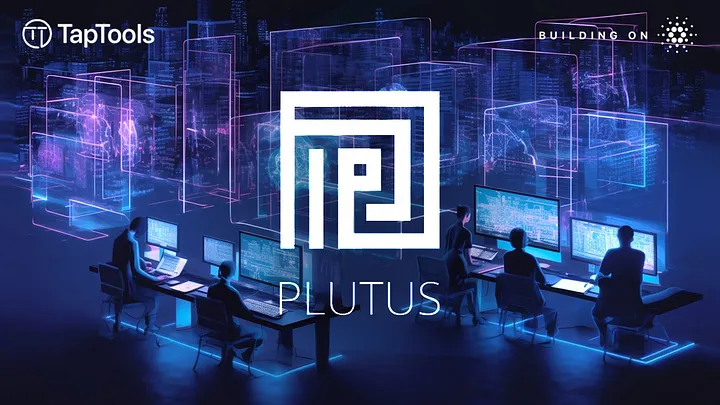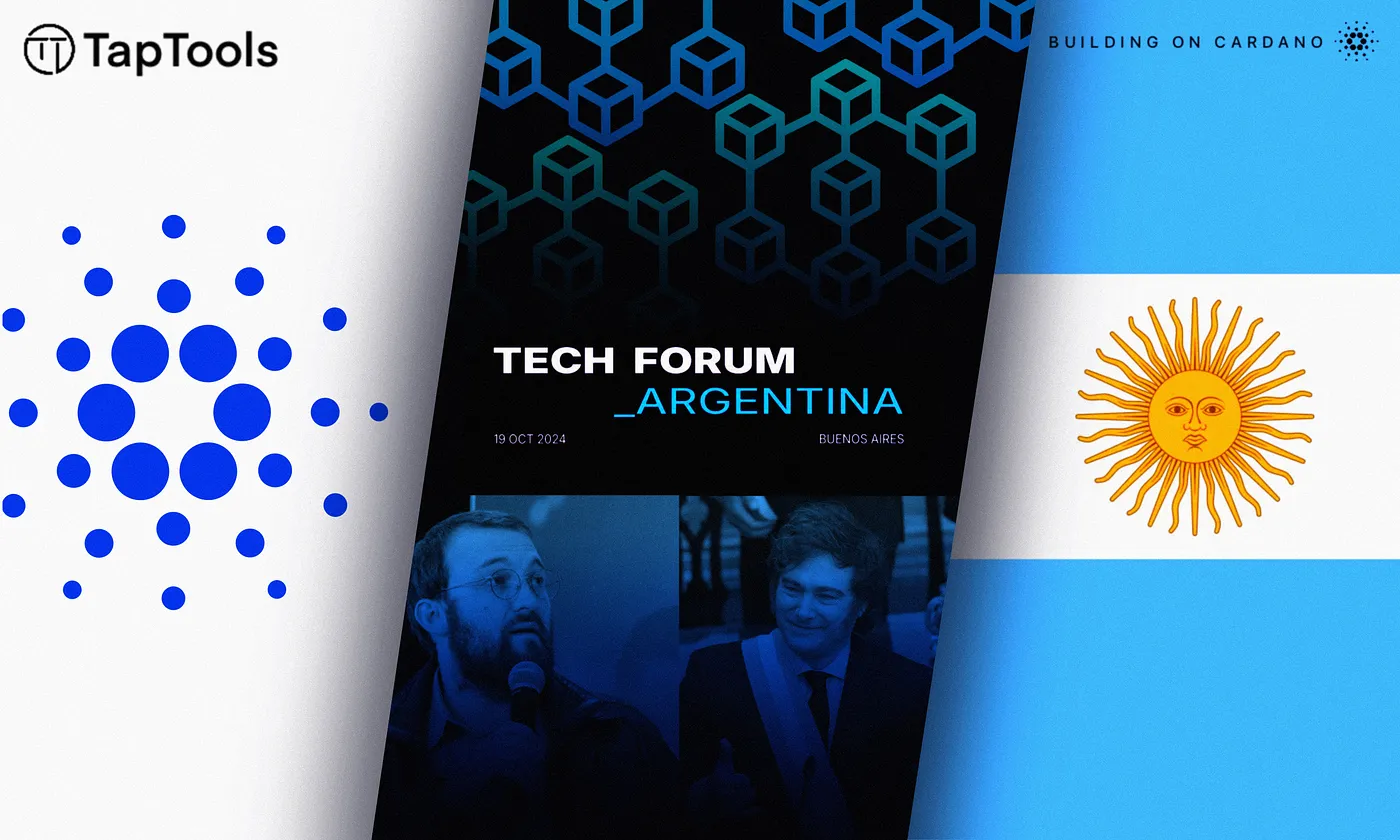Plutus V3 on TestNet
Plutus V3 is now live and being tested on SanchoNet, the testnet for Cardano’s fully decentralized on-chain governance model to be introduced with CIP-1694.

Plutus V3 is now live and being tested on SanchoNet, the testnet for Cardano’s fully decentralized on-chain governance model to be introduced with CIP-1694. This marks a significant step in Cardano’s journey towards creating a more robust, efficient, and developer-friendly ecosystem. As the latest iteration of Plutus, Cardano’s smart contract language, Plutus V3 offers substantial advancements over its predecessors, enhancing the developer experience, streamlining smart contract adoption, and enabling seamless cross-chain interoperability. This article explores Plutus, its transition from V1 to V3, the new additions that V3 brings, and more, delving into how these developments contribute to the broader evolution of the Cardano blockchain.
Historical Context: From Plutus V1 to V3
The journey of Plutus on the Cardano blockchain mirrors the broader evolution in programming language development, where efficiency, security, and adaptability are paramount. Initially, Plutus V1 served as a foundational layer for smart contracts on Cardano, enabling developers to build decentralized applications (dApps). However, the Sundaeswap launch brought to light the limitations of Plutus V1, particularly in handling high transaction volumes, leading to extended delays and chain congestion. This experience underscored the critical need for enhancements in throughput and efficiency of the smart contract language.
In response, Cardano’s development team initiated a series of network parameter adjustments aimed at increasing the blockchain’s capacity and performance. Among these were significant increases in block size: first, an 11% increase from 72KB to 80KB, and later, another adjustment that further expanded block size by 10% to 88KB. These changes were designed to accommodate more transactions per block, thereby improving the network’s overall capacity. Additionally, a proposal was introduced to enhance the Plutus smart contract platform by increasing the script memory units per transaction from 12.5 million to 14 million. This aimed to provide Plutus scripts with more resources, enhancing the dApp user experience.
The introduction of Plutus V2 marked a significant milestone in Cardano’s evolution, boasting a 400% increase in efficiency compared to its predecessor. This version addressed the previously encountered bottlenecks by introducing performance improvements in the Plutus evaluator, which led to 20–30% improvements in script resource usage. It also expanded the set of built-in functions, optimizing script execution and reducing the cost of transactions.
With Plutus V3, the focus shifted towards further enhancing smart contract functionality and the developer experience. Anticipated features include built-in functions for BLS12–381 curves, aiming to strengthen cryptographic capabilities within smart contracts. Continuing the trend, Plutus V3 is expected to introduce performance and usability improvements, making the Cardano blockchain an even more attractive platform for developers.
The strategic network parameter adjustments, coupled with the phased evolution of Plutus from V1 through V3, underscore Cardano’s dedication to providing a robust framework for the development and deployment of complex and reliable dApps. This commitment further cements Cardano’s position as a leading blockchain platform for smart contract innovation.
Plutus V3 Explored
Plutus V3 marks a leap forward for Cardano by expanding smart contract capabilities, streamlining development, and boosting efficiency. It’s designed to handle an increasing volume of transactions, ensuring the blockchain remains scalable and robust. This upgrade brings seamless interaction between Cardano and other blockchains into the realm of possibility, thanks to the integration of advanced features like BLS12–381 for sidechain implementations and security enhancements.
The inclusion of security features such as Blake2b-224 and Keccak-256 is crucial for the verification of transaction signatures and smooth interactions with the Ethereum ecosystem, allowing for the creation of sophisticated and secure applications. With a focus on higher throughput, Plutus V3 enhances the DeFi ecosystem on Cardano, enabling more efficient processing of a larger volume of transactions and paving the way for scalable DeFi applications.
Plutus V3 also introduces support for governance and voting functionalities as outlined in CIP-1694, contributing to the blockchain’s community governance framework. An updated script context in V3 allows users to interact with governance-related entities, integrating community decision-making processes more closely with the blockchain.
By providing developers with a more powerful set of tools and features, Plutus V3 not only enhances Cardano’s technological framework but also its community engagement and governance capabilities, setting the stage for a more interconnected and versatile platform. This update represents a significant stride in Cardano’s ongoing evolution, broadening its potential for a wide array of applications and solidifying its position in the blockchain ecosystem.
Conclusion
In conclusion, Plutus V3 marks a significant advancement in Cardano’s smart contract capabilities, directly impacting its efficiency, developer appeal, and the potential for more complex applications. By boosting throughput and enhancing interoperability with other blockchains, as well as facilitating smoother interactions with sidechains, Plutus V3 strengthens Cardano’s infrastructure for a future of extensive blockchain integration. This strategic enhancement signals Cardano’s readiness to support the next wave of blockchain innovation, positioning it at the forefront of shaping a future where decentralized platforms are more accessible, efficient, and integral to the digital economy.
The Plutus Github can be viewed at the following link: https://github.com/IntersectMBO/plutus/releases
Delegate Your Voting Power to FEED DRep in Cardano Governance.
DRep ID: drep12ukt4ctzmtf6l5rj76cddgf3dvuy0lfz7uky08jfvgr9ugaapz4 | We are driven to register as a DRep by our deep dedication to the Cardano ecosystem and our aspiration to take an active role in its development, ensuring that its progress stays true to the principles of decentralization, security, and community empowerment.DELEGATE VOTING POWER!








